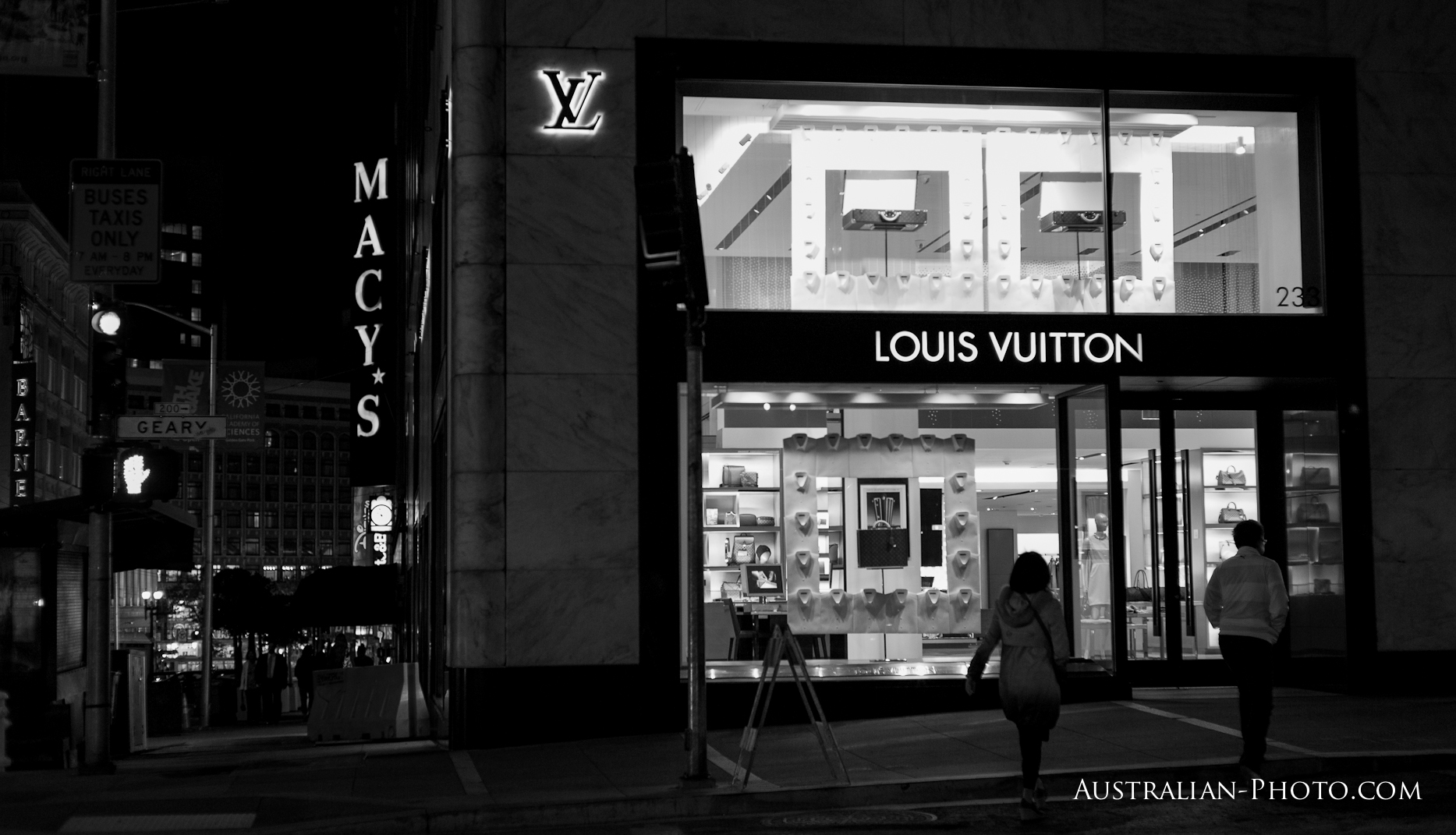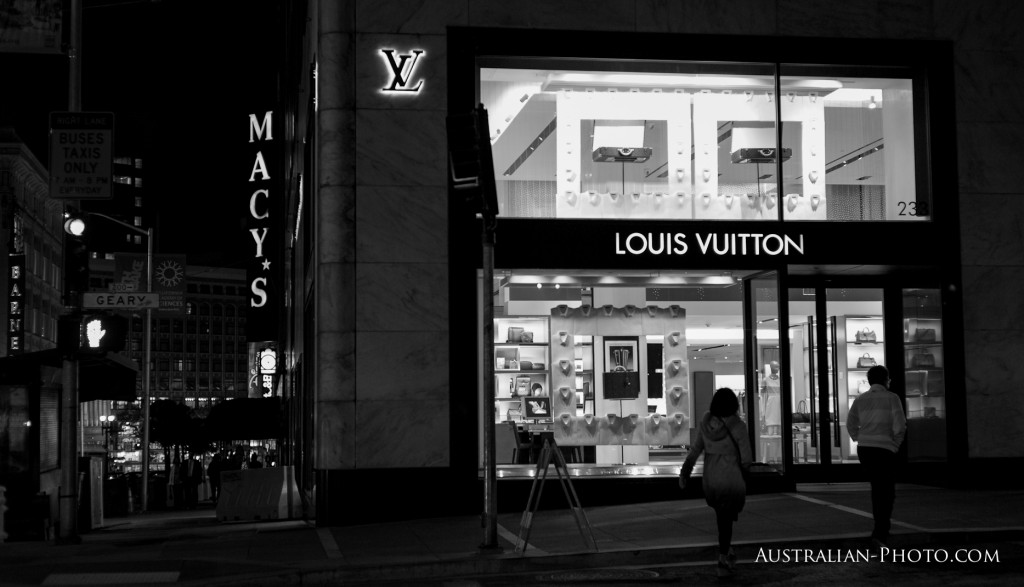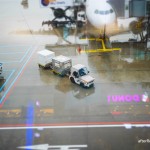Get it right: Shoot JPEG
When it comes to photography, especially with those mid to high end cameras, most often, if you ask for advice, the first one you’d get from any photographer would be: Shoot in RAW.
While this advice is very valid, not only because only “serious” cameras offer the option to shoot RAW, but also RAW files will give you all the sensor can eat. Up to you After RAW to edit the way you want to create the look or effect that you are after.
As mentioned, the benefit of RAW is that the sensor would create, as is, a file of the scene as much as it could record. Details, as well in the highlights as in the shadows, in the whole width of it’s dynamic range. Of course this dynamic range would be around the exposure that you have set, or let the camera set for you in creative modes, before capture.
The next sensible advice that any “sensible” photographer would give you would be: Get it right in camera. Which again means that you need to expose correctly your scene/subject to not sacrifice any part of the dynamic range that your camera can record. Composition-wise, depending on the gear that you had available at the time of capture, you can determine either or not take care of it in post … (fix it in post kinda thing..)
Another very valid advice that I would urge every emerging photographer to spend sometimes to master starting by knowing their gears inside out, especially the dynamic range of your sensor when you meter for a scene because.. because technology does have its limits, at least the technologies built inside your camera at any given time. For example, you will have to compromise on the highlights or shadows when you point your camera directly in direction of the sun for whatever creative effects you want to create. In this particular example, if you want are after a glary effect than loosing details in the highlights would not be a problem but if you want to record the mood of the sky when pointing the camera directly towards the sun, deep shadows don’t really matter.
More and more, I can see around the globe, let say around the Net, that photographers fiercely show off their images with a very distinctive caption: Straight Out of Camera (‘no Photoshop’).. When the pix do look gorgeous, I am always curious to expand my knowledge on this particular subject and still wonder… How do they do that..?
Sometimes, I just asked the author of the image directly either in comment where the image is posted or by private email. Most of the time I don’t get an answer.
Bear with me, I am not saying that Shooting in RAW and Get It Right in Camera are wrong, far from me these ideas, what I am saying is how could one say that an image if straight out of camera when you actually shoot in RAW and post a JPEG image? also if it is critical that you (and me) Get It Right in Camera, why would we need to shoot in RAW..? Why not just shoot in JPEG and save ourself loads of times (in post process) and loads of storage spaces as RAW images are take way more spaces than JPEGs..
I often surprise myself spending sometimes in Photoshop to edit some images stacking layers. when switching on/off the edited layers I find that there are very little differences between the original file and the edited one.. Which would mean that if you get it right in camera the capture image should be the one that you intended to create. No more no less added Photoshop.
There are a lot of big names in photography who would only shoot JPEG and only switch to RAW when lighting conditions become tricky. That obvious moment when Photoshop is required to create the image that you have in your mind before it clicks.
Since I’ve got my Leica M9, I started switching it to shoot RAW+JPEG and B&W in camera to create B&W JPEG files.
The JPEG files have enough data that I need would I want to push further post processing. More often, I don’t need to use software to try to re-create the look of Leica B&W images when my image are actually shot with a Leica already in B&W..
One last thing: If you focus too much on the gear, you will miss the shot and the story that comes from it.














